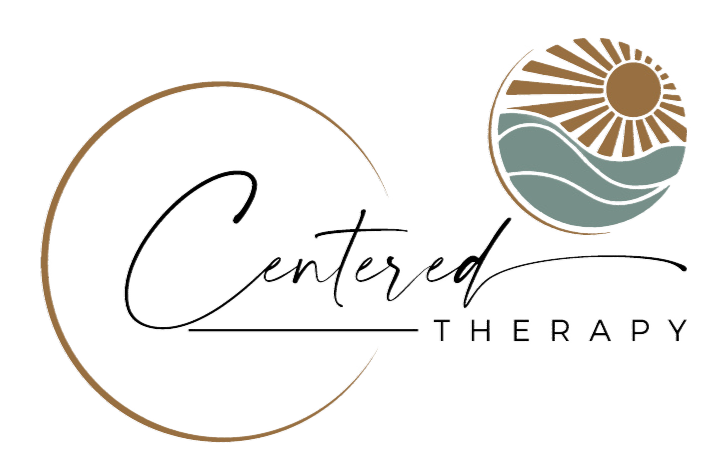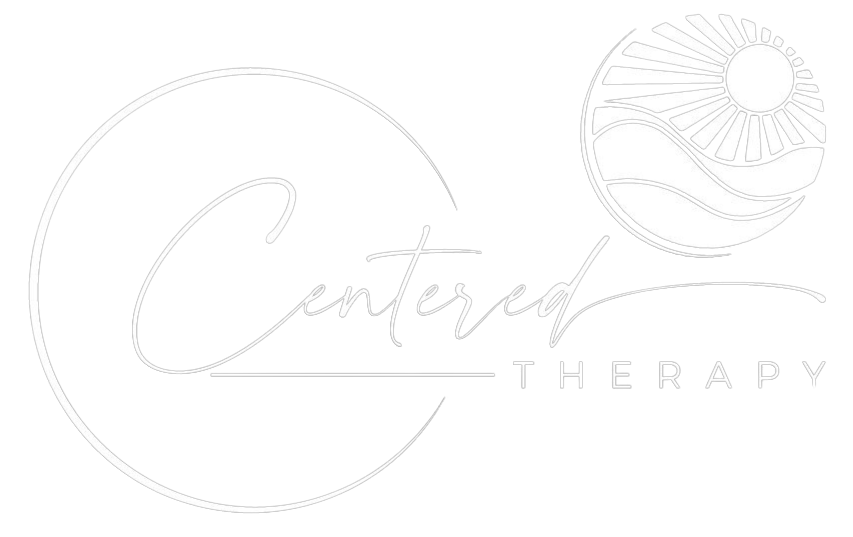What is Ketamine?
Ketamine is a medication that has been used in general anesthesia for decades. About 25 years ago, researchers at Yale discovered that ketamine can lead to a dramatic improvement in symptoms of depression, even in patients who have severe, chronic, treatment-refractory mood disorders. Ketamine is an FDA approved anesthetic agent. Use of Ketamine outside of the anesthesia application is considered an “off label” use. At sub anesthetic doses (doses below the amount necessary for anesthesia), Ketamine may be useful in the treatment of depression.
How does it work?
Ketamine infusion works by providing medication directly into the bloodstream through an IV infusion. Ketamine works to treat depression by altering brain chemicals, including neurotransmitters and neurotropic factors, associated with depression and brain synaptic plasticity.1
According to one study, nearly 71% of patients experienced a least a 50% reduction in depressive symptoms and 29% no longer met criteria for a diagnosis of depression, the day following treatment.2
A typical treatment protocol includes 6 infusions over a 3-week time period, followed by maintenance treatment. Maintenance treatment every 2 weeks to 3 months, is typically required to sustain the effects.
Potential side effects from Ketamine include dizziness, bad dreams, perceptual disturbances including hallucinations and feelings of being separated from one’s body, confusion, elevation in blood pressure, euphoria, dizziness, and nausea. These side effects are transient and resolve prior to discharge. With proper education, monitoring and support, Ketamine treatment is well tolerated. Patients may not leave the clinic until deemed stable by medical staff members.
While Ketamine IV has demonstrated efficacy in treating Major Depressive Disorder and decreasing suicidal thoughts in patients with depressive disorders, there is increasing clinical evidence that it may also be effective in treating patient struggling with:
- Bipolar Depression
- Generalized Anxiety Disorder
- Obsessive Compulsive Disorder
- Post-traumatic stress disorder
- Eating Disorders
- Substance Use disorders
Is there a potential for addiction?
Some may have heard that Ketamine is used as a “party drug” and worry about addiction potential. Studies and clinical experience have found that in the very low doses used, medical setting, lack of access at home, and infrequent dosing, there is a low potential for addiction or abuse.
Do I have to stop my other medications?
There are very few medicines that cannot be taken in combination with Ketamine. When you arrive for an initial consultation, your doctor will look at your list of medications and advise you on any necessary changes. Never hide any medication from your doctors as this could result in the treatment not working or other dangerous consequences.
What do patients experience during Ketamine IV therapy treatment?
Patients participate in a consultation with a psychiatrist to review their psychiatric and medical history. This includes a review of medical concerns, medication they take and psychiatric symptoms that may rule out Ketamine as a safe treatment for a patient. Patients will complete depression and anxiety scales which, combined with the consultation, will help clarify if they have the type of depression Ketamine can help treat.
During treatment with a Ketamine infusion, a nurse will place an IV and the 40-minute infusion of medication will begin. Patients are closely monitored for side effects and supported if they become uncomfortable. Patients may begin to feel better within the first few days of treatment. Many experience dramatic relief of dread and hopelessness. Ketamine treatment is provided in a safe, nurturing and healing environment. Patients are treated in private, comfortable treatment rooms with space to accommodate a family member or friend. All treatments are supervised by a physician.
How long will the results last?
A single infusion typically lasts anywhere from a couple of days up to 1-2 weeks. A series of 6 infusions may last anywhere from weeks to months, and often a single booster infusion when effects are wearing off can restore response. The number of treatments needed for a positive response is highly dependent on each individual’s unique circumstances. For Ketamine infusions, it is recommended to have 6 within the first 2-3 weeks. After that, maintenance (booster) infusions may be scheduled to maintain response.
Should I continue seeing my current psychiatrist, therapist, or primary care physician as a follow-up after Ketamine therapy?
Yes. Our clinicians are serving in a consulting capacity to provide this procedure. In some cases, patients may choose to see one of our doctors as their primary psychiatrist. But in most cases, people will continue with either their primary psychiatrist or primary care doctor and are highly encouraged to either begin or continue talking with a therapist.


